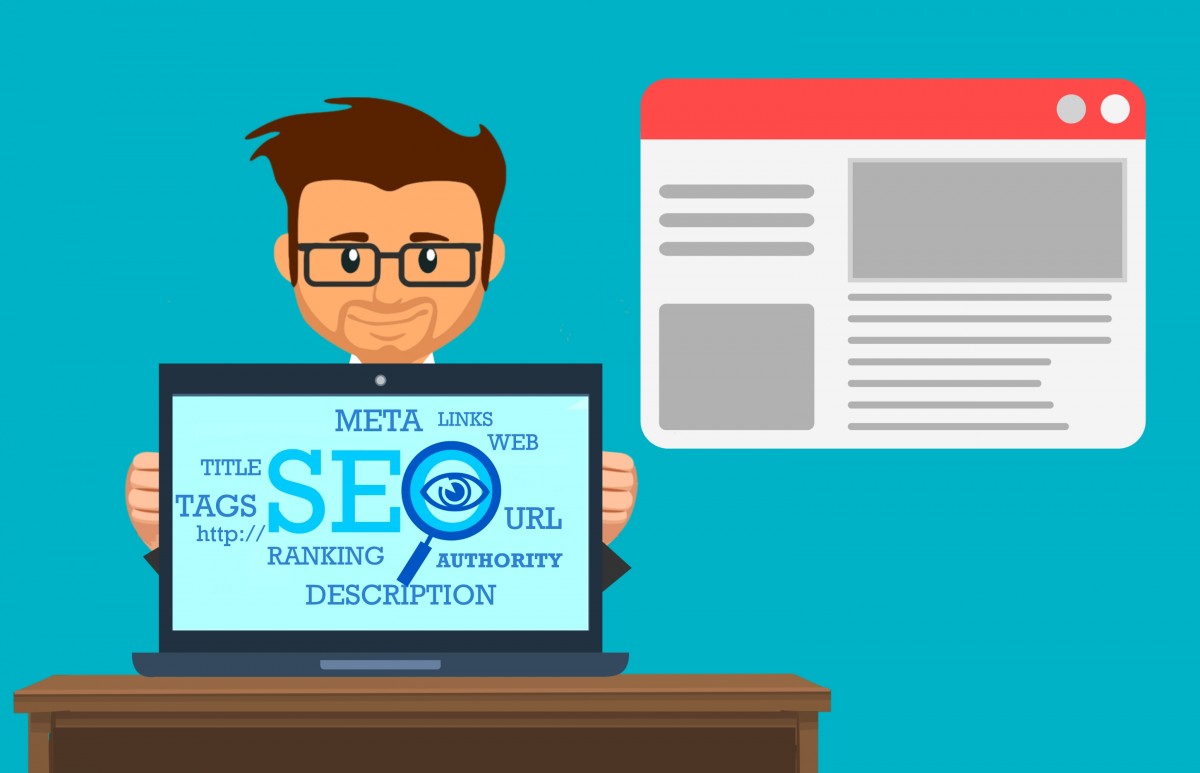SEO: Search Engine Optimization: The very basics
As in any agency there is always a struggle on what is the best SEO practice…
I have in my 7 years now as SEO programmer understood that the only best practice to apply is order and structure. SEO is not a black magic art… it is a very clear discipline and research… You do tests, see results, optimize and close the test and move on to the next one. Another challenge is to ensure that each client in your agency gets the same quality as the other as it may differ depending on who the programmer is.
The blog post that your are about to read has been created in order to resolve those problems once and for all.
The 1st thing you will need to do is to create a strategy that shall contain:
– What is the objective with this project.
– How will I tackle the project.
– Within which time frame shall I close the project.
– What resources will I need.
– Who will do what.
This shall be a simple and clean document shared and approved by management and client.
On Page (According to you keyword map)
– Proper Title tag (unique for each page of the website).
– Proper Meta description (unique for each page of the website).
– H1 tag (unique for each page of the website).
– H2 tag (unique for each page of the website).
– All images having alt tag according to targeted keywords, if there are no images then ensure that images can be placed (unique for each page of the website)
– All images shall be named in a SEO optimized way and according to your keyword map.
– Content box with bold, italic and internal linking to other pages. In some cases also external linking ensuring using “nofollow” element in outgoing links (each page shall have content).
– Properly set up the footer with company information giving trust to the user.
– Fixing broken links. You can find them using tools such Screaming Frog.
– Control that content can be indexed by simple copy and paste in Google using “”. If the content box or other elements are not indexed then something is wrong and you need to find out what and fix it.
– Ensure that the content of the clients website is unique by taking content from the pages and copy and paste it into Google in order to see if the content has been taken from somewhere else.
– Ensure that there is no problem with duplicated internal content; a classic example is Magento where you can find the same product in several categories. If this is the case then resolve it with canonical or robots.
– Creation of new landing pages if necessary in order to stimulate long tail keywords according to your keyword map.
Content
– Ensure that there is working news or blog section on the website where the client or we can create content. The content shall have internal links from blog to website.
– Set up an editorial plan for client’s staff. If they don’t want to write internally then advise them that we can take care of it but for a separate contract/service.
Code
– Control www and non www versions, /home /index.php etc ensuring that there are no duplicated versions of the website. If you find it then implement a 301 solution to www.
– Proper language code set in the html.
– Implement Schema.org
Google Webmaster Tools
– Proper GEO targeting set in Google Webmaster Tools.
– Identify and resolve duplicated meta info in Google webmaster tools.
– Identify and resolve 404 and other crawling errors in Google Webmaster Tools.
– View as Google in Google Webmaster Tools in order understand how Google sees the clients website.
– Set URL parameters if applicable in Google Webmaster Tools.
– Other troubleshooting.
Bing Webmaster Tools
– Set it up and monitor it.
Robots.txt
Regardless whether there is an existing robots.txt create a new one so you know that you are in control.
– Create and submit a proper and up to date Robots.txt. You can us Google Webmaster Tools to test the file.
Sitemap.xml
Regardless whether there is an existing sitemap.xml create a new one so you know that you are in control.
– Create and submit to both Google and Bing Webmaster tools a proper and up to date sitemap.xml. Remember to monitor the indexing rate and look for crawling errors.
Google Plus and My Business
– Ensure that the client has a Google plus account connected to Google My Business.
– Clean up duplicated pages in Google Plus and my business.
– Optimize and fill in the remaining Google my business page. If there is non it shall be created containing photos, information and more.
– Instruct the client to start asking his clients to provide reviews for the My Business page.
– Instruct the client that he shall work with his Google Plus account. If they have bought social media then instruct the social media department.
Off Page Set up
– Check existing link profile and exam the state of it and talk to link department.
– Order first wave of content and Digital PR according to your keyword map.
Advanced Web Ranking
– Set up rankings and grouping the keywords according to your keyword map. Name the groups according to the destination url (shorten the name of the group if necessary).
– Set up automatic reporting to client on a monthly basis sending out without pre-approval the ranking report to client. The format shall be PDF and compared to last month.
Conclusion
By working with this very basis SEO starter pack we can be sure that the client gets a kick start and that the right quality is set from the very beginning. This is of course a very basic SEO and based on the outcomes of ranking and traffic from the initial work more advanced SEO and adjustments will be necessary during the months to come.
Niklas Lindahl









